Overview of Higher Animals
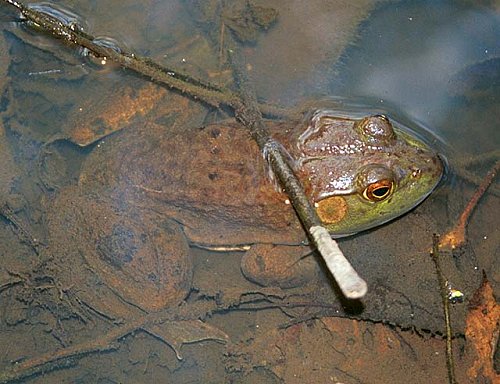
"Higher animals" is a catch-all term for vertebrates other than fish. This is rather self-congratulatory, since the so-called "lower animals" - fishes and invertebrates - are actually the dominant species on the planet, both in numbers and diversity! The four classes of higher animals are:
- Amphibians - class Amphibia
- Reptiles - class Reptilia
- Birds - class Aves
- Mammals - class Mammalia
Amphibians
Amphibians are cold-blooded vertebrate animals. There are three living orders of amphibians: the frogs and toads (order Anura, or Salientia), the salamanders and newts (order Urodela, or Caudata), and the caecilians, or limbless amphibians (order Apoda, or Gymnophiona), a little known tropical group.
Amphibians, the most primitive of the terrestrial vertebrates, are intermediate in evolutionary position between the fish and the reptiles. Typically they undergo a metamorphosis from an aquatic, water-breathing, limbless larva ( called a tadpole ) to a terrestrial or partly terrestrial, air-breathing, four-legged adult. The eggs are usually deposited in water or in a protected place where their moisture will be conserved; they have neither shells nor the sets of membranes that surround the eggs of reptiles and other higher vertebrates. Some amphibians lay their eggs in dry places, and the young undergo the larval stage within the egg, emerging as small adults; in these, the eggs have evolved various protective structures.
Adult amphibians differ from reptiles in having moist skins, without scales or with small, hidden scales. All living amphibians are specialized for their way of life, none representing the main amphibian stock from which the reptiles evolved. The salamanders and newts are superficially the most similar to ancestral amphibians, having long tails and front and hind legs of approximately equal size. Frogs and toads are highly modified for jumping, with large, muscular hind legs and no tails, while the caecilians have lost all external traces of limbs.
Reptiles
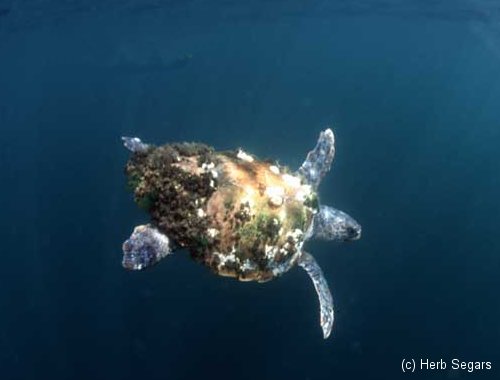
Reptile is the name for the dry-skinned, usually scaly, cold-blooded vertebrates of the order Reptilia. Reptiles are found in a variety of habitats throughout the warm and temperate regions (except on some islands), with the greatest variety in the tropics. Reptiles differ from other terrestrial vertebrates ( birds and mammals ) in that they are cold-blooded, that is, they lack an effective system for regulating their body temperature, which tends to approach that of the environment. For this reason, reptiles are not found in the coldest regions of the world, and they hibernate in cool winter areas.
They range in size from 2-inch-long lizards to 30-foot-long snakes. They typically have low-slung bodies with long tails, supported by four short legs that project outward from the sides of the body; however, all snakes are limbless. Although reptiles are fundamentally a terrestrial group, some are adapted to living in water. All breathe air by means of lungs and have thick, waterproof skins designed for retaining body moisture. Unlike amphibians, they do not possess gills or breathe water at any stage of their development, and nearly all lay their eggs or bear their young on land.
The reptilian egg has a porous shell and a system of membranes designed to protect the embryo from desiccation. It also has a large quantity of yolk for nourishment. This type of egg is typical of terrestrial vertebrates and is very different from the simple, unprotected eggs of fishes and amphibians, which are laid in the water. Fertilization is internal in reptiles, and males have copulatory organs. Females of most species lay eggs, but in some, the egg is incubated and hatched internally. In a very few there is true live birth, with the young nourished by a primitive placenta instead of an egg yolk.
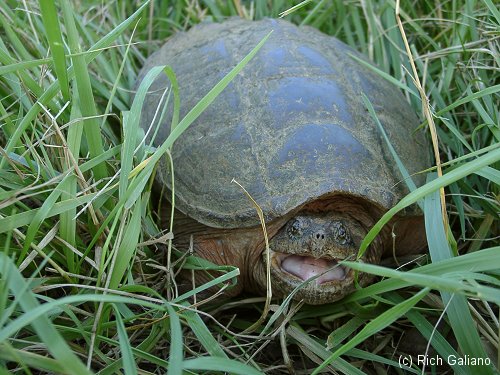
Living reptiles are classified into four orders. The turtles, order Chelonia, have a protective bony shell, usually covered with horny plates. They are mostly aquatic in habits although some are adapted to land. They are the oldest living reptiles, having existed nearly unchanged since the Triassic period. Members of the order Crocodilia, which includes alligators, caimans, crocodiles, and gavials, are large, carnivorous reptiles of tropical and subtropical swamps and rivers. They constitute the only remaining order of the great reptilian subclass Archosauria, or ruling reptiles, which includes the extinct dinosaurs. The order Squamata includes the lizards (suborder Sauria) and snakes (suborder Serpentes). Nearly all members of this large and successful modern order are terrestrial. The order Rhynchocephalia has a single living member, the tuatara, a lizardlike reptile of New Zealand.
Reptiles first evolved from amphibians about 250 million years ago in the Carboniferous period and were dominant in the world's fauna during the Mesozoic era, sometimes called the Age of Reptiles. The dinosaurs, the marine ichthyosaurus and plesiosaurus, and the flying pterosaurs reached the peak of their development and distribution in the latter part of this era (late Cretaceous period). Mammal-like reptiles appeared very early in reptilian history and by the Triassic period had given rise to mammals. Bird ancestors arose from precursors of the dinosaurs; the first known birds lived in the Jurassic. The only reptiles that survived into the Cenozoic era belonged to the presently living orders. The approximately 6,000 living reptile species represent a very small fraction of this once vast class.
Birds
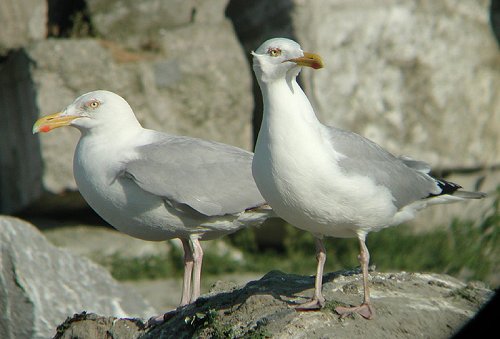
A bird is a warm-blooded, egg-laying, vertebrate animal having its body covered with feathers and its forelimbs modified into wings, which are used by most birds for flight. Birds compose the class Aves. There are an estimated 9,000 living species.
Birds are believed to be extant members of a group of dinosaurs called maniraptors Other maniraptors included Velociraptor and Oviraptor. They share with dinosaurs such characteristics as a foot with three primary toes and one accessory toe held high in back. Early avians include such primitive birds as Arachaeopteryx, the rooster-sized Patagopteryx, and the ichthyornithiforms, skillful flyers with toothed beaks. The fossil remains of the Archaeopteryx, which date to the Jurassic period, show reptilian tails, jaws with teeth, and clawed wings, but feathers were well developed. Pterosaurs, another group of flying reptiles, did not share the common characteristics of birds and dinosaurs and are not considered birds. Whether the capacity for flight arose in tree-living dinosaurs that glided from branch to branch ( the "trees-down" hypothesis ) or in fast-running terrestrial dinosaurs ( the "ground-up" hypothesis ) continues to be debated. Indeed, the inclusion of birds in the dinosaur family tree, although accepted by most paleontologists, is debated by some, and the identification (2000) of the oldest known feathers on 220-million-year-old, four-legged reptile fossil, Longisquama insignis, raised questions concerning the theory.
Birds are of enormous value to humanity because of their destruction of insect pests and weed seeds. Many are useful as scavengers. The game birds hunted for food and sport include grouse, pheasant, quail, duck, and plover. The chief domestic birds are the chicken, duck, goose, turkey, and guinea fowl. Parrots and many members of the finch family are kept as pets.
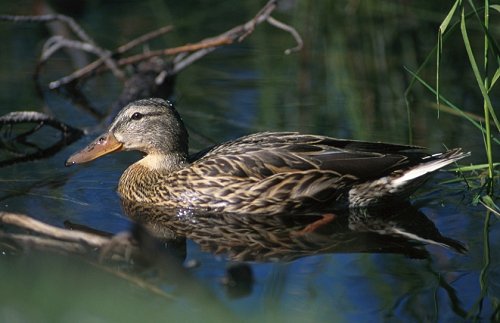
Like mammals, birds have a four-chambered heart, and there is a complete separation of oxygenated and deoxygenated blood. The body temperature is from 2 to 14°F higher than that of mammals. Birds have a relatively large brain, keen sight, and acute hearing, but little sense of smell. Birds are highly adapted for flight. Their structure combines lightness and strength. Bodyweight is reduced by the presence of a horny bill instead of heavy jaws and teeth and by the air sacs in the hollow bones as well as in other parts of the body. Compactness and firmness are achieved by the fusion of bones in the pelvic region and in other parts of the skeleton. The heavier parts of the body - the gizzard, intestines, flight muscles, and thigh muscles - are all strategically located for maintaining balance in flight. Feathers, despite their lightness, are highly protective against cold and wet. The flight feathers, especially, have great strength. Feathers are renewed in the process of molting. Some birds, such as the ostrich, the penguin, and the kiwi, lack the power of flight and have a flat sternum, or breastbone, without the prominent keel to which the well-developed flight muscles of other birds are attached. The bills of birds are well adapted to their food habits. Specialized bills are found in the crossbill, hummingbird, spoonbill, pelican, and woodpecker.
In the majority of species, there are differences between male and female in plumage coloring. In these birds, the male ( except in the phalarope ) is usually the more brilliant or the more distinctly marked and is the aggressor in courtship. Unusual courtship displays are performed by several species, particularly by the ruffed grouse, the bird of paradise, the crane, the pheasant, and the peacock. Birdsong reaches its highest development during the breeding season, and singing ability is usually either restricted to or superior in the male. Most birds build a nest in which to lay their eggs. Some birds, such as the oriole, weave an intricate structure, while others lay their eggs directly on the ground or among a few seemingly carelessly assembled twigs. Eggs vary in size, number, color, and shape. In spring and fall, many birds migrate. Not all of the factors motivating this behavior are fully understood. These trips often involve flights of hundreds and even thousands of miles over mountains and oceans.
Mammals
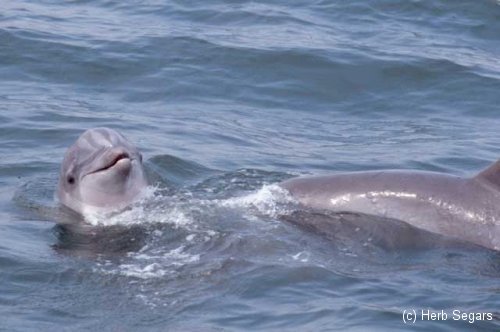
A mammal is an animal of the highest* class of vertebrates, the Mammalia. The female has mammary glands, which secrete milk for the nourishment of the young after birth. In the majority of mammals, the body is partially or wholly covered with hair; the heart has four chambers, and only the left aortic arch is present, and a muscular diaphragm separates the chest from the abdominal cavity. Mammals are warm-blooded; that is, they have a relatively constant body temperature independent of the temperature of their surroundings. The mature red blood cells (erythrocytes) usually lack a nucleus. Except for the egg-laying monotremes (the platypus and the echidna, or spiny anteater), mammals give birth to live young. A marsupial is born in a more undeveloped state than the young of other mammals, although all are relatively helpless at birth. In some marsupials and in higher mammals the young receive prenatal nourishment through a placenta.
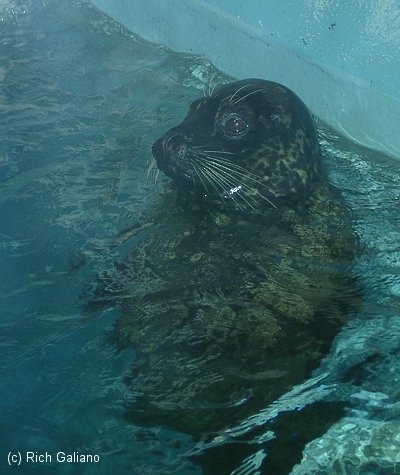
The order Carnivora, or flesh-eating animals, includes terrestrial families such as the cat, dog, and bear as well as the aquatic seal, sea lion, and walrus. Other aquatic mammals are the whale, porpoise, and dolphin of the order Cetacea and the manatee and dugong of the order Sirenia. Unusual adaptations are also found in the bat (order Chiroptera); in the elephant (order Proboscidea); in the sloth, armadillo, and anteater (order Edentata); and in the beaver, woodchuck, porcupine, and squirrel (order Rodentia). The order Insectivora includes the shrew and the mole. There are two groups of ungulates, or hoofed mammals: most members of the order Perissodactyla, including the horse and the rhinoceros, are odd-toed, with the third digit the largest; those of the order Artiodactyla, including the deer, antelope, camel, pig, and cow, are even-toed, with the third and fourth digits symmetrical and functional. Humans, monkeys, apes, and lemurs belong to the order Primates. Some remains of mammals are identified as from the Jurassic period of the Mesozoic era; the group became diversified in the Tertiary period of the Cenozoic era.
* I didn't write this. The fact that mammals are listed last here, after birds, should not be construed to mean that they (we) are somehow more advanced than birds. In fact, in many ways, birds are much more advanced than mammals. Their respiratory and circulatory systems are far superior to that of any mammal, permitting them a metabolic rate that we can only dream of, and their hollow skeletal system has a far greater strength-to-weight than ours. This translates into an astronomical power-to-weight ratio - just be glad they are so much smaller than us because otherwise, we wouldn't be here! Birds also have superior eyesight, ( in some cases absolutely incredible ! ) and in intelligence, the smartest birds are at least equal to the smartest mammals, except for one. There is a certain amount of chauvanism in the idea that mammals are the most highly evolved creatures on the planet!
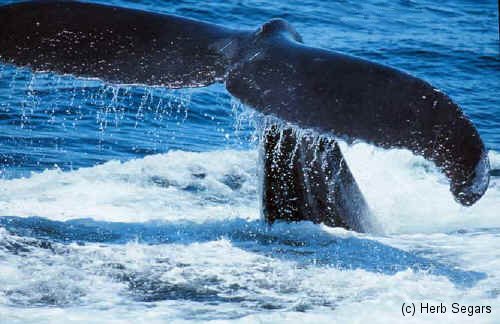
Surprisingly, it was only recently discovered that crocodilians share birds' superior respiratory system, although the surviving representatives hardly have need of it. They also have a circulatory system equal to ours, with a four-chambered heart. And they have an efficient upright stance ( legs straight under the body, like a mammal ) suitable for running, that only secondarily collapsed to a lizard-like sprawl. Some fossil crocodiles were even bipedal. This is all evidence that they were once warm-blooded and highly active. With all that, they were probably fairly intelligent as well. Imagine how dangerous a crocodile-tiger would be. Crocodilians were once the dominant creatures on the planet, and it was not until they were almost wiped out in a global catastrophe that dinosaurs could take over. And it wasn't until they were wiped out that we could take over. If not for numerous mass extinctions, we pathetic mammals would never have gotten as far as we have.
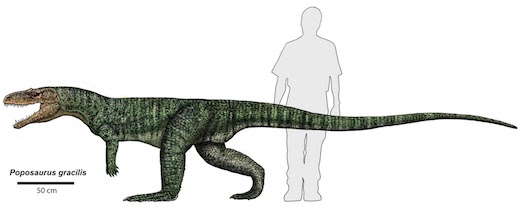
Compiled from various sources

